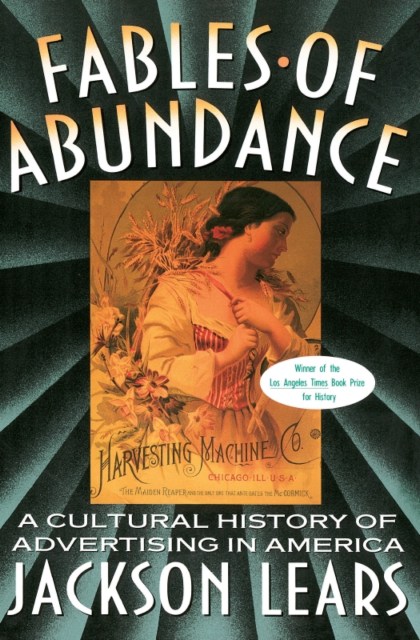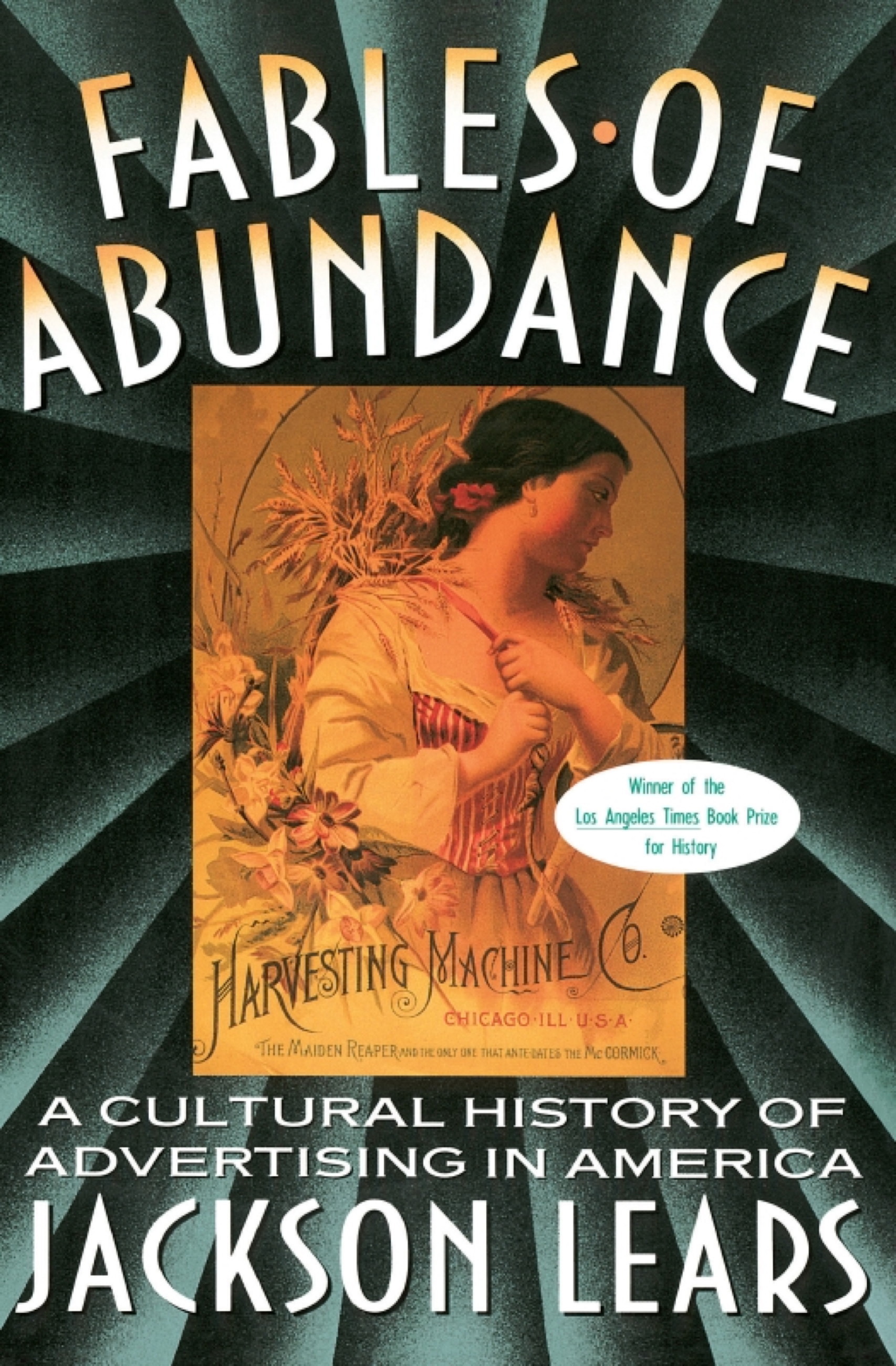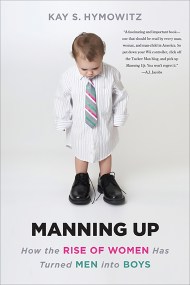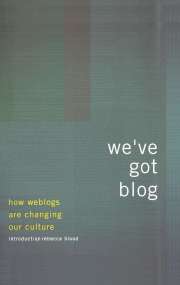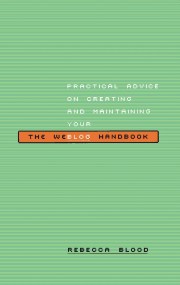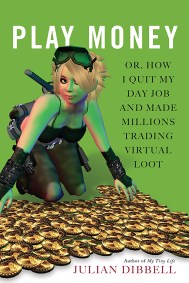Promotion
Use code MOM24 for 20% off site wide + free shipping over $45
Fables Of Abundance
A Cultural History Of Advertising In America
Contributors
Formats and Prices
Price
$13.99Price
$17.99 CADFormat
Format:
- ebook $13.99 $17.99 CAD
- Trade Paperback $25.99 $33.99 CAD
This item is a preorder. Your payment method will be charged immediately, and the product is expected to ship on or around November 3, 1995. This date is subject to change due to shipping delays beyond our control.
Also available from:
Fables of Abundance ranges from the traveling peddlers of early modern Europe to the twentieth-century American corporation, exploring the ways that advertising collaborated with other cultural institutions to produce the dominant aspirations and anxieties in the modern United States.
Genre:
- On Sale
- Nov 3, 1995
- Page Count
- 416 pages
- Publisher
- Basic Books
- ISBN-13
- 9780786723225
Newsletter Signup
By clicking ‘Sign Up,’ I acknowledge that I have read and agree to Hachette Book Group’s Privacy Policy and Terms of Use
